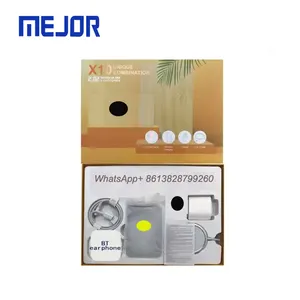Popular in your industry




















































































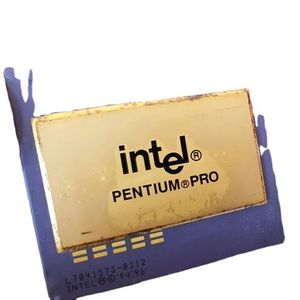

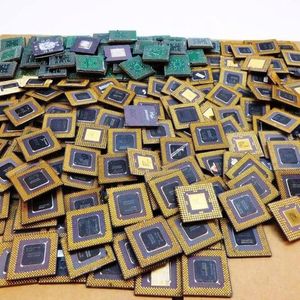
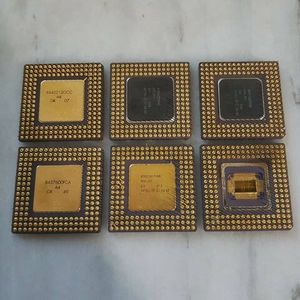
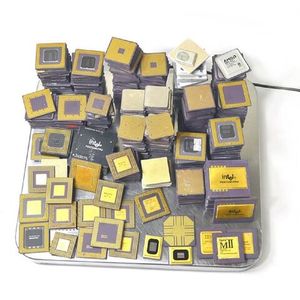
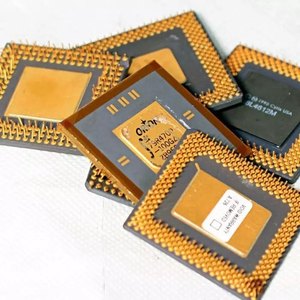


















































 Ready to Ship
Ready to Ship






























 Ready to Ship
Ready to ShipTop categories
About 478 pentium
What is a 478 Pentium 4?
The 478 Pentium 4 processor is a member of the Intel Pentium 4 family, designed for Socket 478, also known as mPGA478. The Pentium 4 processors were introduced as the successor to Intel’s Pentium III. The 478 Pentium 4 processors featured the NetBurst microarchitecture and were manufactured using a 130nm process. The Socket 478 was developed to support these Pentium 4 processors and was utilized in numerous desktop systems during the early 2000s.
Key features of the 478 Pentium 4 processor
The Intel Pentium 4 478 processors were a significant leap in performance and technology at the time of their release. The NetBurst microarchitecture, which the Pentium 4 processors were based on, aimed to provide high clock speeds and improve overall performance. The 478 Pentium 4 processors were single-core CPUs, but their architecture allowed them to reach higher clock speeds than their predecessors. This increase in clock speed was facilitated by a deeper instruction pipeline, which enabled the processor to execute instructions at a faster rate.
The Socket 478, or mPGA478, was specifically designed to accommodate the 478 Pentium 4 processors. The 478 in the processor’s name signifies the number of pins on the CPU. The Socket 478 had a corresponding pin grid array with 478 pins to establish a connection between the CPU and the motherboard. This design allowed for a stable and efficient interface, ensuring that the processor’s electrical signals could be properly transmitted between the components.
The 478 Pentium 4 processor was available in various models, each with its unique specifications. For example, the Pentium 4 2.8 GHz 512 533 featured a clock speed of 2.8 GHz with 512 KB of L2 cache and a 533 MHz front-side bus (FSB). The variation in clock speeds and cache sizes across different models provided options for users with diverse computing needs, from basic tasks to more demanding applications.
Advantages of the 478 Pentium 4 processor
During its release period, the 478 Pentium 4 processors offered a significant performance boost compared to the previous generation of processors. The Pentium 4 2.40 GHz 512 533 processor was a common choice for many desktop systems, delivering enhanced processing power for everyday computing tasks and multimedia applications. The higher clock speeds, larger cache sizes, and efficient microarchitecture contributed to the processor’s improved performance.
Moreover, the NetBurst microarchitecture of the Pentium 4 processors incorporated technologies like Hyper-Threading, which allowed for better multitasking performance by enabling a single core to handle multiple threads. This feature was beneficial for users who needed to run several applications simultaneously. The 478 Pentium 4 processors also supported the SSE2 instruction set, enhancing the processor’s ability to process multimedia and 3D applications by providing additional instructions for SIMD (single instruction, multiple data) operations.



